Ondulin roofing pros and cons - installation tips
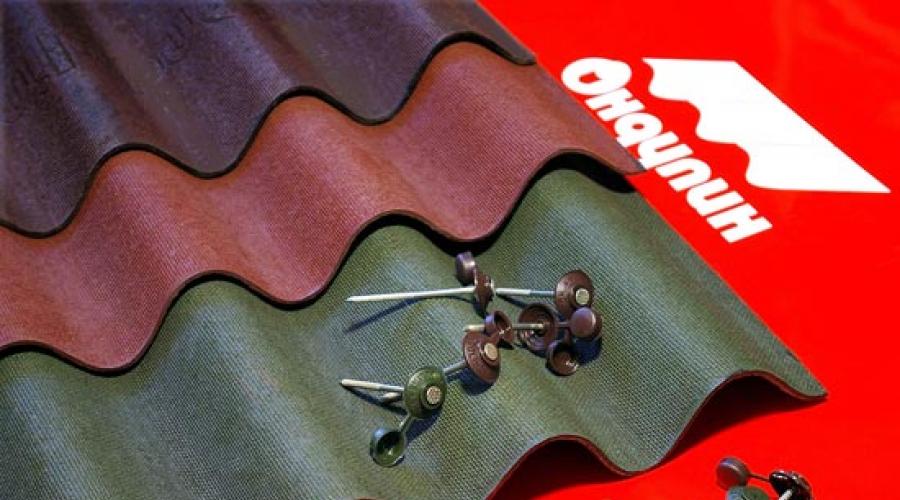
Roofing of any complexity: +7 (495) 795-82-20
I am Mikhail, the director of the company, I have been working exclusively with roofs for more than 15 years. Below I will tell you about the intricacies and secrets of materials for the roof. If you have any questions, I'll be happy to answer and help.
Mikhail, LLC "STM-Stroy"
One of the popular coatings in private buildings is ondulin roofing. The material was invented in the middle of the last century, we have taken root relatively recently. What is ondulin?
What is an ondulin roof
Ondulin are profiled bitumen-cellulose sheets. In terms of structure and most properties, the material is similar to flexible tiles, in shape and method of installation - with metal profile coatings and slate. Sometimes it is called euroslate. The material origin is France. Ondulé means "wavy".
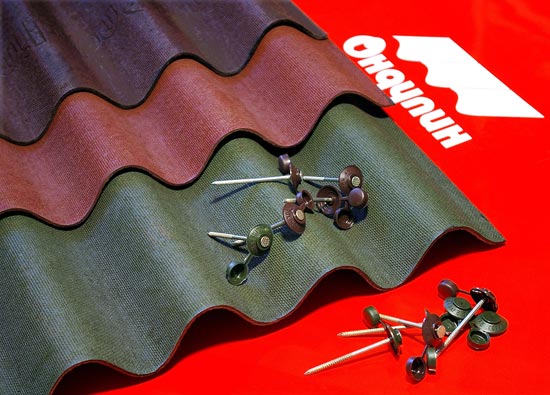
The basis of the sheet is cellulose, the impregnation is bitumen with polymeric modifiers and pigments. Ondulin is waterproof and very light. The leaf area is almost two square meters (2 by 0.96), the thickness is 2.6-3 millimeters, it weighs 6.5 kilograms. Corrugation height 3.6 cm.
The finish coating of the sheets, like most types of flexible tiles, is made with granulated stone chips.
Where is ondulin roofing used? Mainly in low-rise buildings. The material is popular in the private sector: the owners of summer cottages cover them with residential buildings, gazebos, outbuildings and garages.
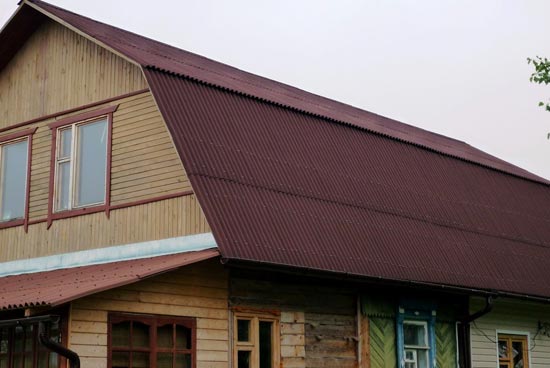
In urban conditions, one can see pavilions covered with ondulin. Due to flammability, it is not recommended to use it for the roofs of children's institutions and other facilities that are subject to increased fire safety requirements.
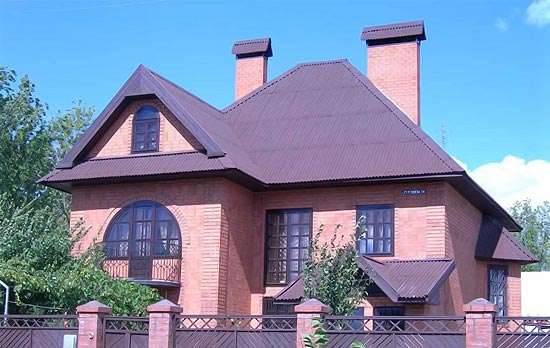
Related Articles
Pros and cons of an ondulin roof
In terms of price, an ondulin roof is comparable only to a slate one, but in terms of total costs it will cost less: slate is four times heavier, it needs a reinforced truss system, and when designing the foundation and walls, the mass of the slate roof also has to be taken into account. It is easier to transport ondulin and deliver it to the roof. Light weight combined with low price is the main advantage of the material. Among others:
- water resistance;
- heat / noise insulating properties (unlike metal roofs);
- lack of electrical conductivity;
- environmental cleanliness (unlike slate, which includes asbestos);
- plus in comparison with flexible tiles - the presence of corrugations. When installing a flexible roof, the most difficult and crucial stage is the installation of full-fledged ventilation, because. The coating is absolutely hermetic and vapor-tight. In this regard, ondulin is easier: also a bituminous material, but the corrugation provides a ventilated space under the coating;
- aesthetics, many colors.
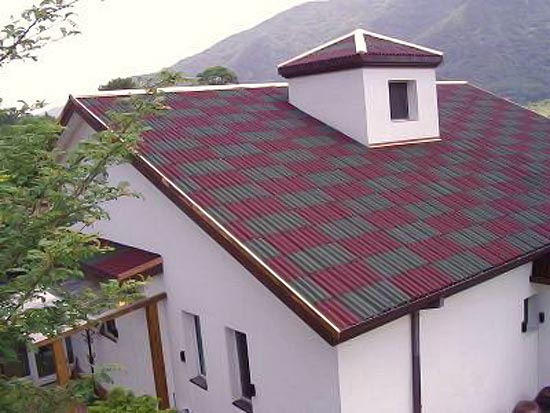
- in terms of durability, only roofing material loses to ondulin. The material warranty approaches the actual service life, i.e. about 15 years old. For comparison: elite models of flexible tiles and metal profile coatings serve for over half a century, slate - up to 40 years (sometimes longer);
- temperature stability of ondulin is relative. In severe frosts, it becomes brittle, in direct sun - fusible. Repair work for the winter and summer periods should not be planned: when the ondulin roof is heated, it deforms under load, the deformed coating does not restore its shape;
- fire hazard. The coating ignites at a temperature of 230 degrees;
- when burning (and just when heated in direct sun), the smell of bitumen is felt;
- many brands eventually fade under the sun;
- according to experts on ondulin, the simple installation of the sheets themselves is complicated by the installation of a reinforced-rigid crate and labor-intensive processing of nodes.
The rough surface of the sheets prevents spontaneous snowmelt. This is both a plus and a minus: there is less chance for children and animals to fall under a snow collapse, but with a small slope of the slope (ondulin can cover roofs from 5 degrees), the roof will have to be cleaned.
If you decide to choose this roofing, pay attention to the quality of the sheets and the authenticity of the brand:
- Ondulin factory marking must contain the name (Onduline in English), batch number, country code and date of manufacture;
- dimensions are standard. The number of waves depending on the model is 8 or 10;
- uniform staining in thickness (determined by the ends of the sheet);
- straight edges;
- locks in the form of extruded strips in the end parts;
- there is a markup for fasteners.
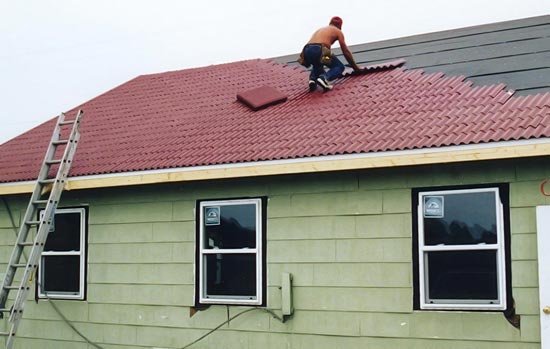
The sheets are overlapped in one corrugation horizontally, 20 cm vertically. Fastening - with special ondulin nails with rubber gaskets, 20 pieces per sheet.
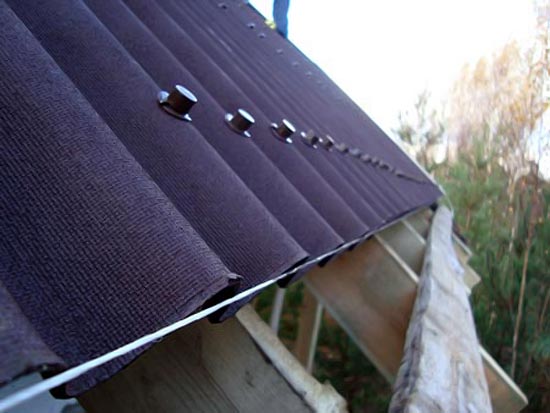
The most vulnerable spot of an ondulin roof is the nodes:
- before hemming the ondulin roof, it is recommended to install a universal box on the eaves. It will close the roof on this side from slanting rain, because the allowable length of the overhang is 7 cm maximum;
- how to hem a roof from ondulin depends on how under-roof ventilation is carried out. On non-ventilated cornices, special fillers are used, on ventilated cornices - ventilation combs that protect the space under the roof from birds and insects. The manufacturer offers both fillers and combs along with a set of material;
- for junctions, ridges and valleys, manufacturers produce special shaped elements: ondulin junction apron, etc.
Due to the low weight of the material, ondulin roof reconstruction is often performed without dismantling the old coating. An additional longitudinal crate is installed on top of the sheets. If it is necessary to insulate the roof, the roofing pie is laid in the same way as in the case of the construction of a new roof.